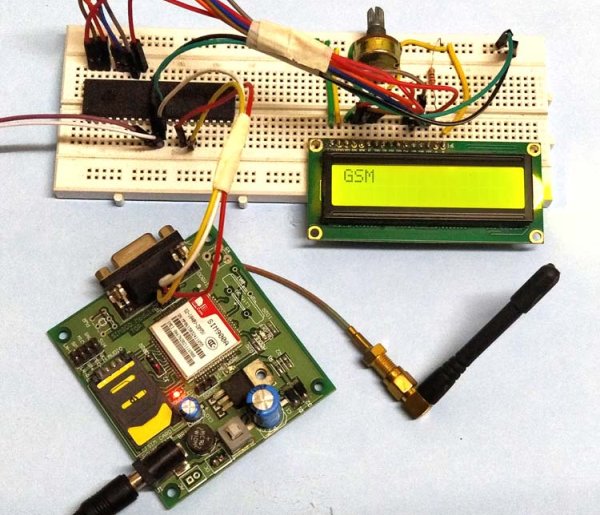Interfacing GSM Module with AVR Microcontroller: Send and Receive Messages
GSM modules are interesting to use especially when our project requires remote access. These modules could make all actions that our normal mobile phone could do, like making/receiving a call, sending/receiving a SMS, connecting to internet using GPRS etc. You can also connect a normal microphone and speaker to this module and converse on your mobile […]
Interfacing GSM Module with AVR Microcontroller: Send and Receive Messages Read More »

